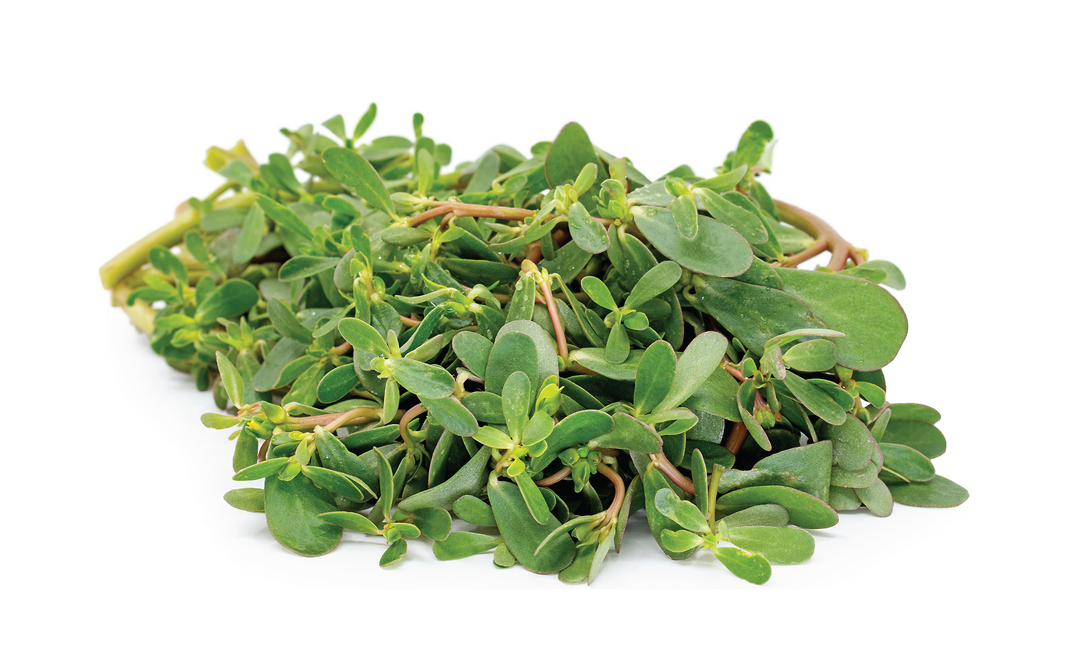


Purslane contains high amounts of oxalates which may cause kidney stones in some people. Oxalates may interfere with the absorption of minerals like calcium and magnesium in the body too.(2)
- Disclaimer
"Information here is provided for discussion and educational purposes only. It is not intended as medical advice or product or ingredient review/rating. The information may not apply to you and before you use or take any action, you should contact the manufacturer, seller, medical, dietary, fitness or other professional. If you utilize any information provided here, you do so at your own risk and you waive any right against Culinary Communications Private Limited, its affiliates, officers, directors, employees or representatives.”
Description
Purslane is a common growing weed found all over the world. It is a spongy plant (succulent) and has white gum-like substance in it. It grows between 10-40 cm tall, and the stems may either grow horizontally or vertically. The dark green leaves are arranged opposite or alternate to each other. Its small yellow flowers wither early while the fruit is oval-shaped containing many small, shiny black seeds. It belongs to the Portulacaceae family. The name Portulaca is taken from the Latin word ‘Porto’ meaning ‘to carry’ and ‘lac’ meaning milk, due to a milky latex present in the plant. Oleracea is a Latin word, meaning ‘pertaining to kitchen gardens’, as it is used as a vegetable. The plant is in full bloom from July to September. It is quite used in India, Japan, Africa, America, and Australia. It is also considered as a medicinal plant. WHO (World Health Organization) has included Purslane in its list of most widely used medicinal plants. It has been cultivated for hundreds of years in Europe as a medicinal plant but in the 1500s people started consuming it as a vegetable there. Then it was brought to America and spread to other parts of the world. Purslane has a thick juicy texture that may find enjoyable.